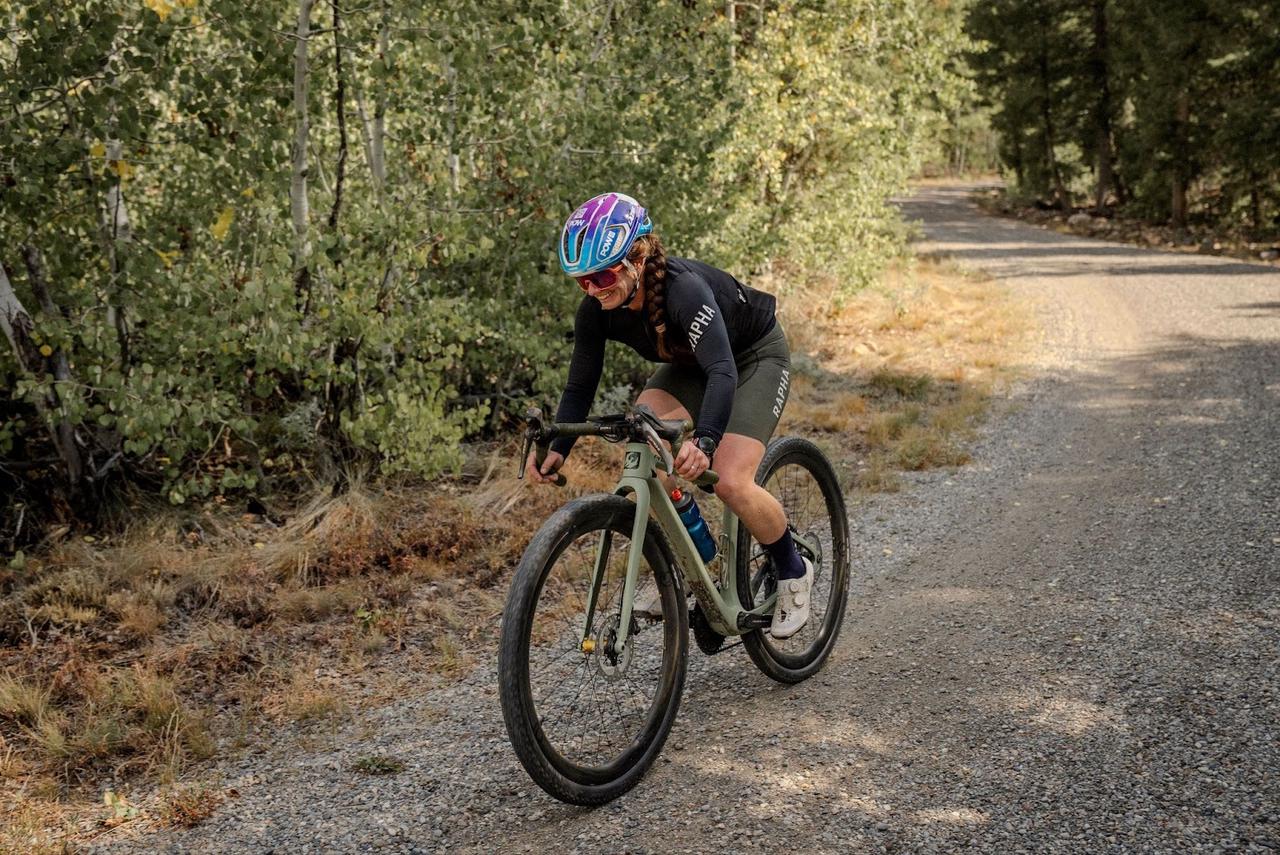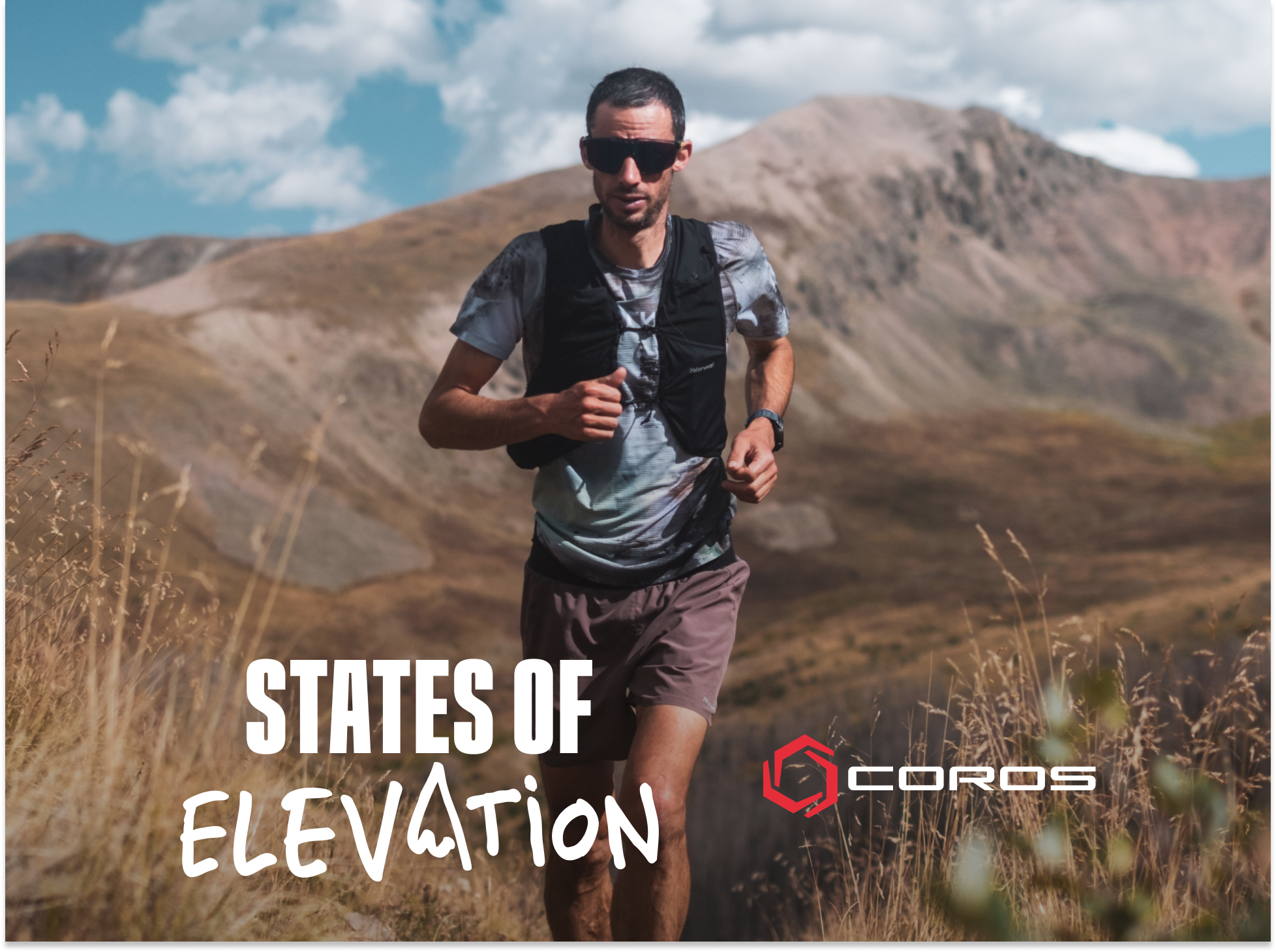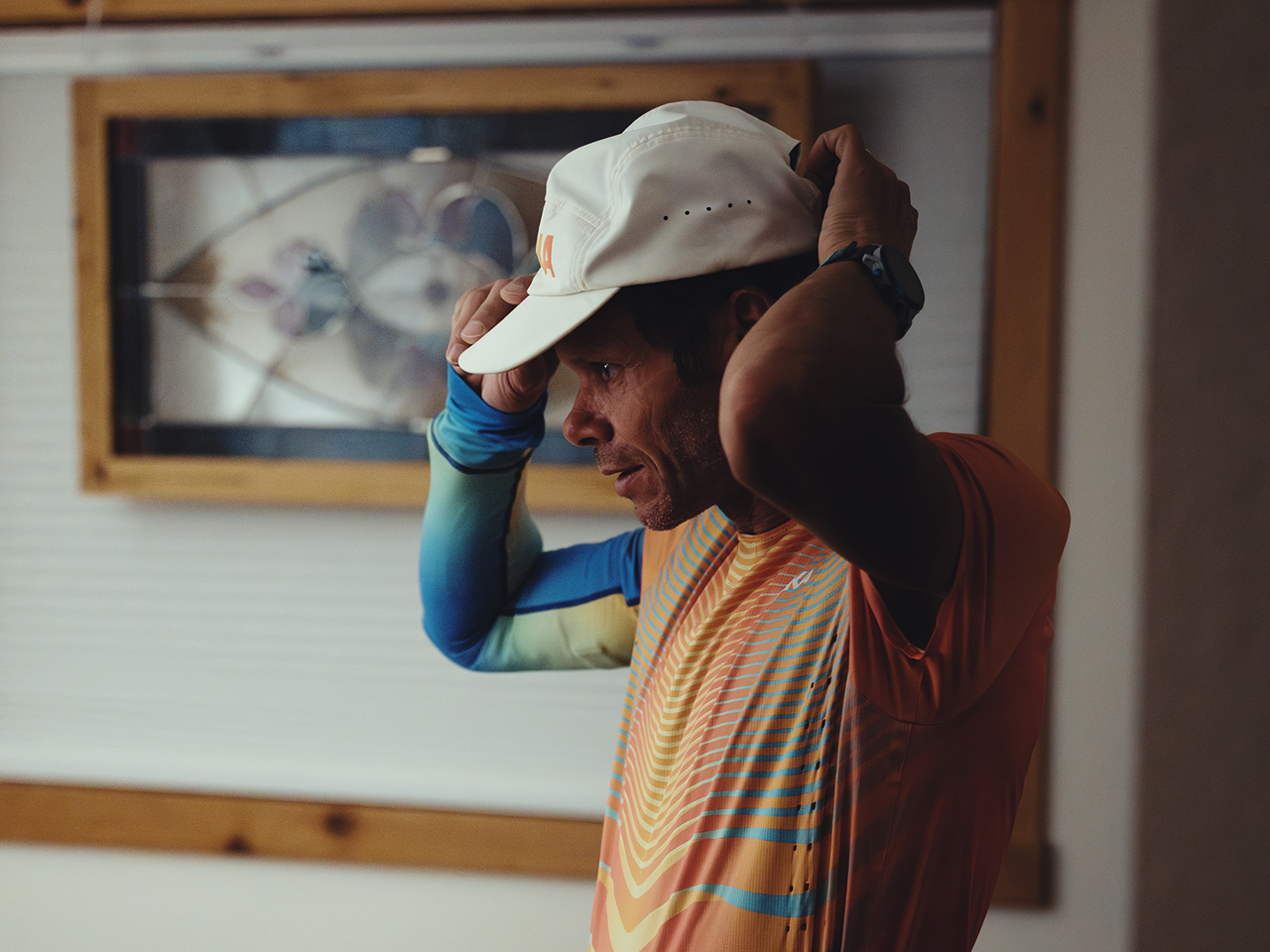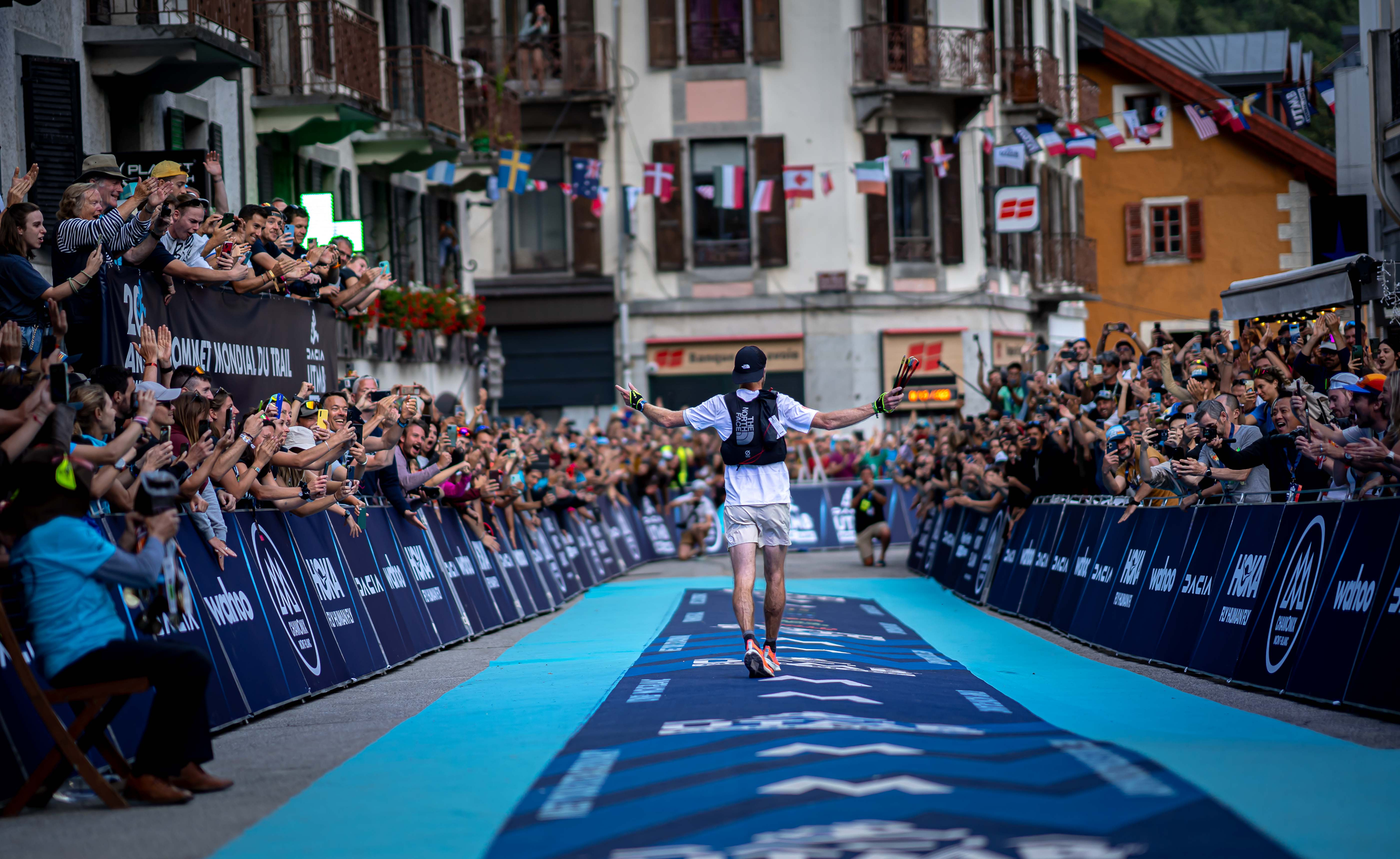In the sports community, athletes have used various tools to keep track of their training. We could think of heart rate, pace, or even power. They are all useful metrics, but they all present limitations at some point. For example, heart rate can present delay during intervals whereas power can lose accuracy when taking off the bike pedals. For runners, pace has been for a long time a trusting and precise metric with the only limitation being that unlike HR and power, pace is an external metric. In other words, pace only tells you how fast you are moving from a GPS standpoint without considering the athlete at all.
This is where the Grade Adjusted Pace (GAP) has come into play over the last few years. This training tool has been used by multiple platforms and has quickly gained in popularity among runners and especially trail runners. The reason behind this appreciation comes from the new variable that GAP accounts for: hill grades.
The Rise of Effort Pace
Most platforms have used a large amount of athlete's data to build a GAP formula. For example, Strava has used 240 thousand athletes from a wide spectrum of running abilities. While this method assures great reproductibility, the formula now represents the average of those athletes, making GAP a non-individualized metric.
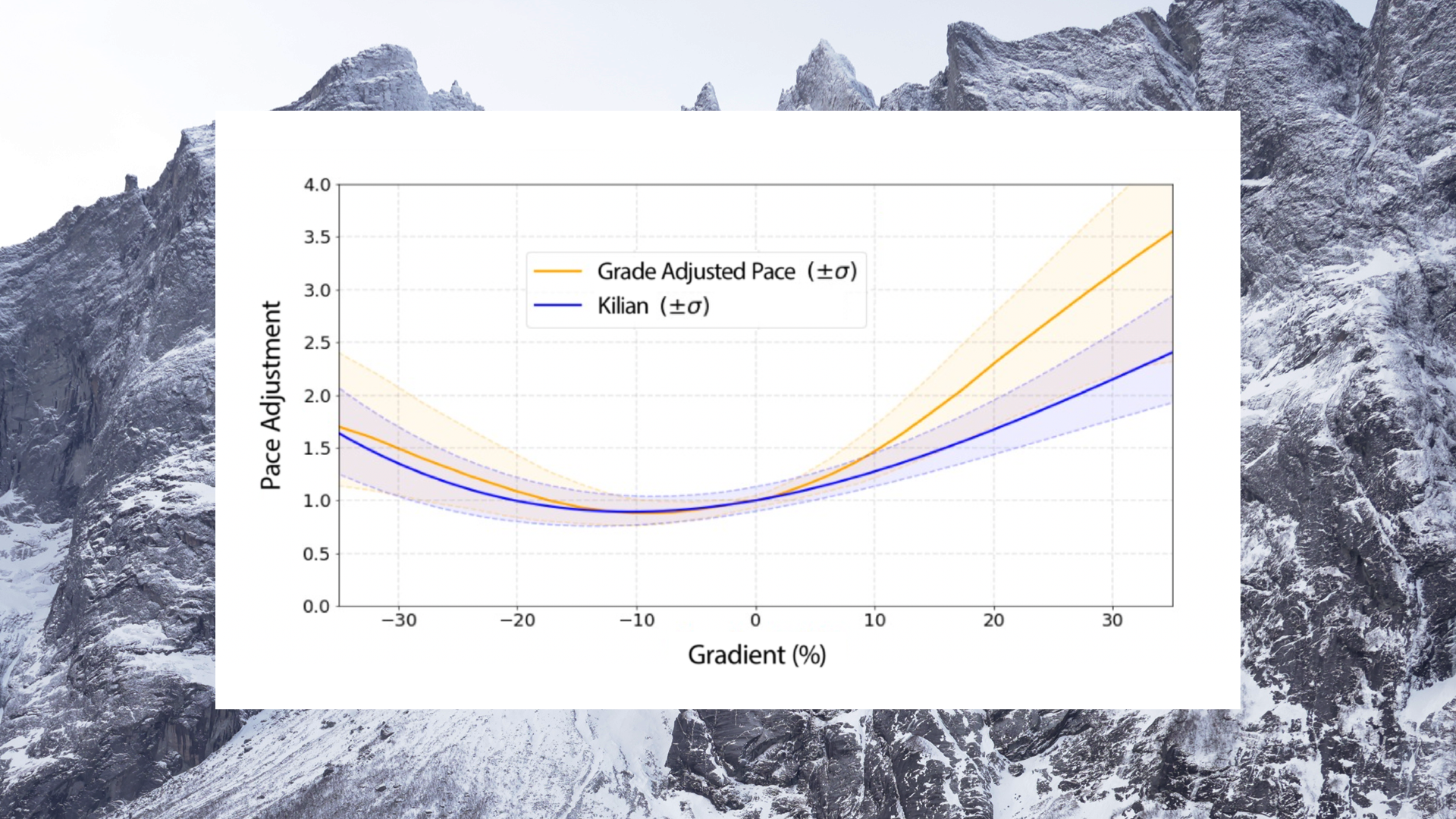
Individualized GAP model from Kilian Jornet's data. Image by PickleTech.
Kilian Jornet, with the help of PickleTech (a team of data scientists specializing in scientific AI), previously used 760 hours of activities to recreate an individualized version of the GAP as seen in the photo above. Those results prove that by using historical data from a single individual, GAP could be individualized for training purposes.
As a team effort, COROS now provides a fully individualized metric based on historical data of each COROS customer, called Effort Pace. Not only does Effort Pace adjusts graded pace for each runner individually, but EvoLab will also learn the runner's strengths and weaknesses to improve the algorithm as the athlete keeps training.
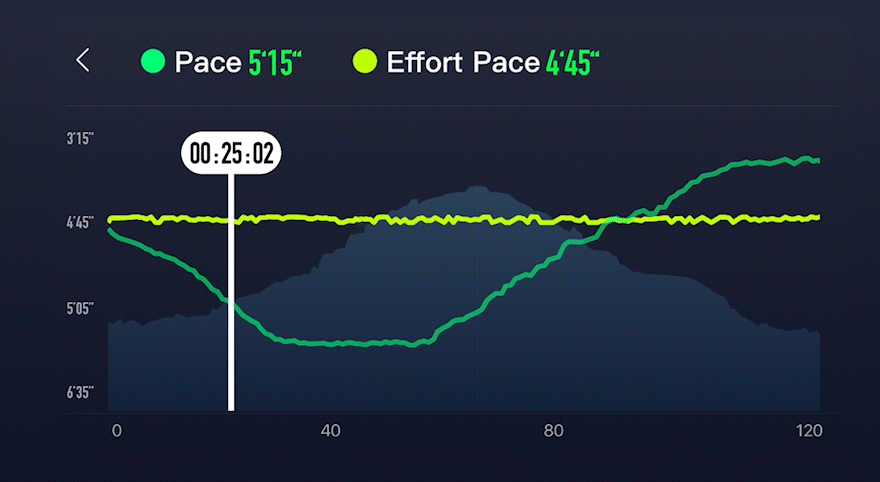
How To Use Effort Pace
Effort Pace is a metric available to all COROS customers. Each run (road, track, or trail) that falls within EvoLab criteria, will be used to improve the Effort Pace algorithm and ensure it remains as individualized as possible. As of now, Effort Pace gives you a true representation of your internal effort displayed into the external metric (pace) that runners know and trust.
We suggest using Effort Pace as your main intensity metric whenever you are out of the traditional flat road sections where your effort will fluctuate over a short period. Check out our COROS COACHES Effort Pace Workouts Blog for a full explanation of how to best use this metric during your training.
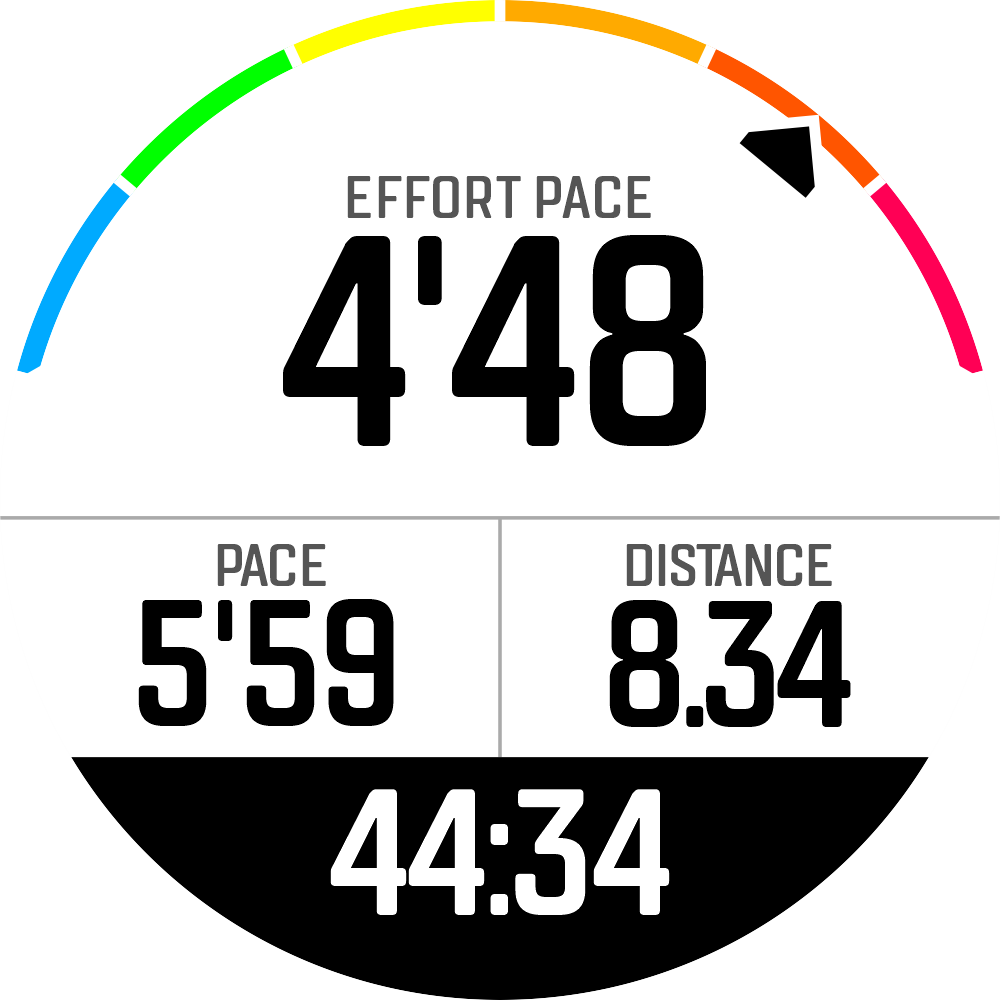
The Future of Effort Pace
At COROS, our mission is to create the best sports technology to help athletes improve their performance. To ensure that Effort Pace continues to provide the most accurate individualized effort from athletes, the COROS Sports Science team will incorporate environmental factors into the Effort Pace algorithm in the future, including temperature, humidity, altitude, and more.
Stay tuned as we continue to evolve and explore perfection.
To learn more about PickleTech and Kilian's GAP model, check out their Individualization GAP Model Blog.

/filters:quality(90)/fit-in/970x750/coros-web-faq/upload/images/486297be7bb6930792e77475dd2672d4.png)
